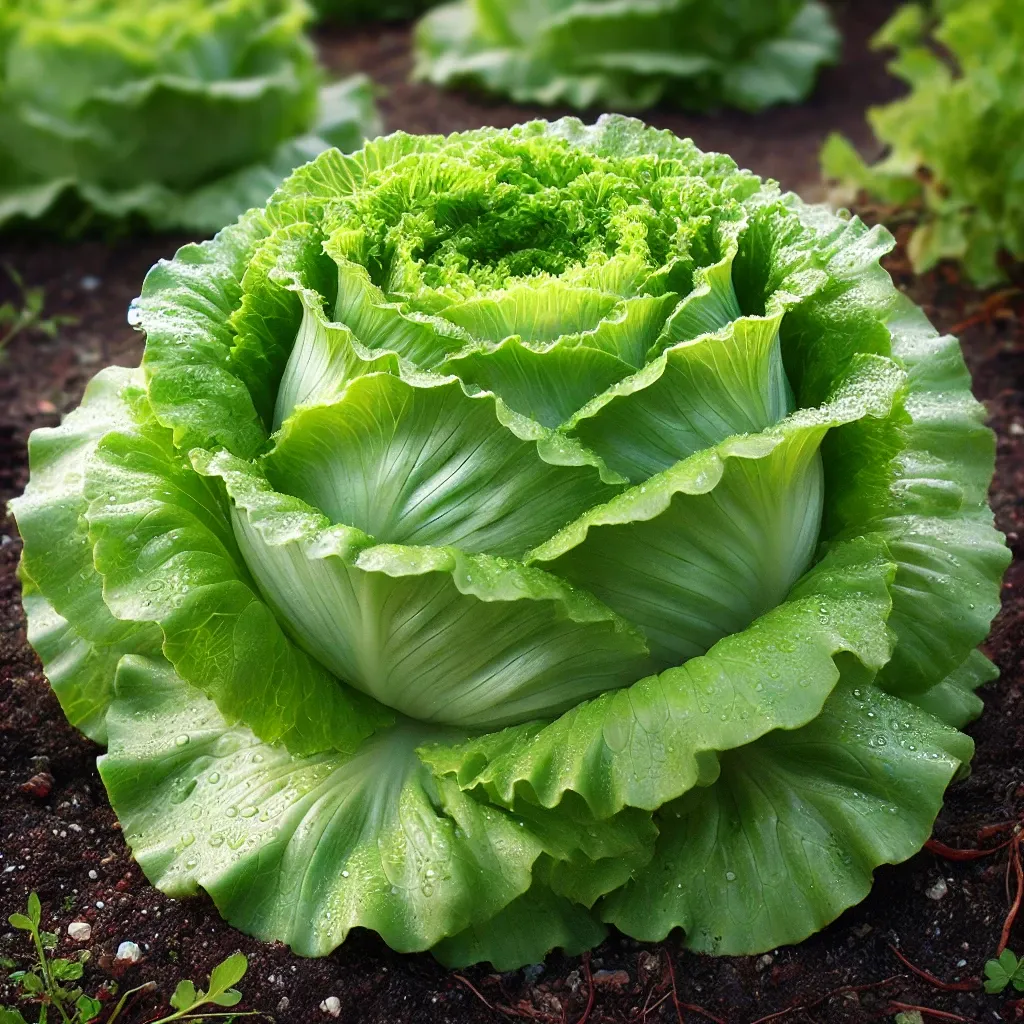Introduction
Gastroesophageal reflux disease (GERD) is a common digestive disorder where stomach acid frequently flows back into the esophagus, causing discomfort and potential complications. While medications like proton pump inhibitors (PPIs) are commonly used, concerns about their long-term use have led to increased interest in dietary interventions. Functional foods—foods that offer health benefits beyond basic nutrition—are gaining attention for their potential role in managing GERD symptoms.
Understanding GERD and Its Challenges
GERD occurs when the lower esophageal sphincter (LES) weakens or relaxes inappropriately, allowing stomach contents to reflux into the esophagus. Common symptoms include:
- Heartburn: A burning sensation in the chest or throat.
- Regurgitation: A sour or bitter-tasting acid backing up into the throat or mouth.
- Difficulty swallowing: Also known as dysphagia, making it hard to swallow food or liquids.
If left untreated, GERD can lead to complications such as esophagitis, esophageal strictures, Barrett’s esophagus, or even esophageal cancer.
Historical Uses
For centuries, natural remedies have been used to soothe digestive ailments. Foods like ginger, chamomile, and aloe vera have been traditionally consumed to alleviate symptoms of indigestion and promote gastrointestinal health.

How Functional Foods Help with GERD
- Reducing Acid Production: Certain functional foods can help decrease stomach acid production, thus reducing reflux episodes.
Scientific Insight: Foods rich in dietary fiber, such as whole grains, fruits, and vegetables, can help regulate digestion and reduce acid production. Bananas and melons, being low-acid fruits, may help neutralize stomach acid. - Soothing and Protecting the Esophagus: Some foods can form a protective barrier over the esophageal lining, reducing irritation.
Scientific Insight: Foods containing mucilage, like oats and barley, can coat the esophagus, providing relief from acid irritation. - Enhancing Digestive Function: Improving digestion can minimize the occurrence of reflux.
Scientific Insight: Probiotic-rich foods like yogurt and kefir promote a healthy gut microbiome, aiding digestion and reducing gas and bloating that can exacerbate GERD symptoms. - Alleviating Inflammation: Reducing inflammation in the esophagus can help manage GERD symptoms.
Scientific Insight: Anti-inflammatory foods like ginger and turmeric contain compounds that can reduce esophageal inflammation. Ginger has been shown to have gastroprotective effects.
Research Supporting Functional Foods’ Efficacy
Clinical Study on Dietary Interventions for GERD
A study published in the journal Nutrients examined the role of dietary factors in managing GERD symptoms.
- Method: Researchers reviewed various dietary components and their impact on GERD pathophysiology and management.
- Results: The study found that increased intake of dietary fiber, reduced consumption of high-fat and high-sugar foods, and the incorporation of certain functional foods can alleviate GERD symptoms.
- Conclusion: Dietary modifications, including the use of functional foods, can be an effective non-pharmacological approach to managing GERD.
Selecting the Right Foods
- Focus on Alkaline Foods: Choose foods that are low in acidity to help neutralize stomach acid. Examples include bananas, melons, and green leafy vegetables.
- Include High-Fiber Foods: Whole grains, legumes, fruits, and vegetables can improve digestion and reduce reflux episodes.
- Opt for Lean Proteins: Select low-fat options like skinless poultry, fish, and tofu to avoid triggering reflux.
Incorporating Functional Foods into Your Diet
- Meal Planning: Prepare meals that incorporate GERD-friendly functional foods. For example, oatmeal with bananas for breakfast or a salad with leafy greens and grilled chicken for lunch.
- Snacking Wisely: Choose snacks like almonds or yogurt, which can help neutralize stomach acid and promote digestive health.
- Cooking Methods: Avoid frying foods; instead, opt for baking, grilling, or steaming to reduce fat content.
Precautions and Considerations
Potential Side Effects
- Digestive Effects: While increasing fiber is beneficial, a sudden increase can lead to gas or bloating. Introduce high-fiber foods gradually.
- Allergic Reactions: Be aware of any food allergies or sensitivities when incorporating new foods into your diet.
Interactions with Medications
- Consult Healthcare Providers: Before making significant dietary changes or using functional foods as a therapy, consult with a healthcare professional, especially if you are on medications for GERD or other conditions.
Incorporating Functional Foods into a GERD Management Plan
Lifestyle Modifications
- Dietary Changes: Avoid trigger foods such as spicy dishes, caffeine, alcohol, chocolate, and high-fat foods.
- Eating Habits: Eat smaller, more frequent meals to reduce stomach pressure. Avoid eating close to bedtime.
- Posture: Stay upright for at least two hours after eating. Elevate the head of your bed to prevent nighttime reflux.
Complementary Approaches
- Stress Management: Practices like meditation, deep-breathing exercises, and yoga can reduce stress, which may exacerbate GERD symptoms.
- Weight Management: Maintaining a healthy weight can reduce pressure on the abdomen and lower the risk of reflux.
By incorporating functional foods and making lifestyle changes, individuals with GERD can manage their symptoms more effectively. While functional foods are not a replacement for medical treatment, they can be a valuable part of a comprehensive GERD management plan.
Reference:
Functional Food in Relation to Gastroesophageal Reflux Disease (GERD)
